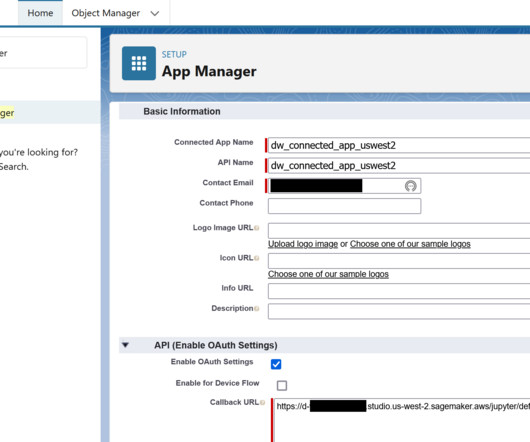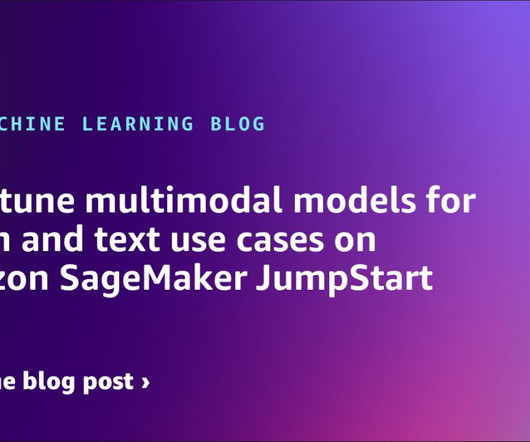Causal Inference Python Implementation
Towards AI
FEBRUARY 18, 2024
This historical sales data covers sales information from 2010–02–05 to 2012–11–01. The main goal of the algorithm is to infer the expected effect a given intervention (or any action) had on some response variable by analyzing differences between expected and observed time series data.













Let's personalize your content